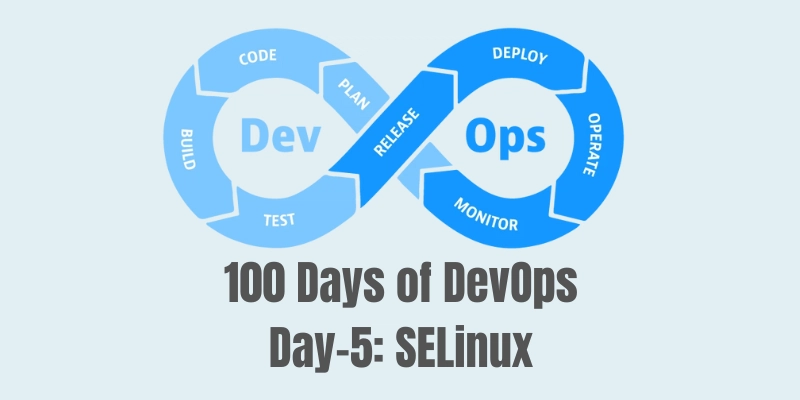When we run Linux servers, security is always a big deal. Normal file permissions (read, write, execute) are useful, but not enough in today’s world where apps and services connect to each other in many ways. That’s where SELinux (Security-Enhanced Linux) comes in.
What is SELinux?
SELinux is a tool built into the Linux kernel that controls what apps, users, and processes can do. It doesn’t just trust normal Linux permissions. Instead, it follows strict rules, called policies, that say exactly what’s allowed and what’s not.
Think of it like a security guard. Even if you have the key to a room (Linux file permissions), the guard (SELinux) might stop you if the rules don’t allow you inside.
Why use SELinux?
- Extra protection beyond normal file permissions.
- If an app gets hacked, SELinux can stop it from touching sensitive files.
- It logs attempts when something tries to break the rules.
- Keeps the system safer by limiting what apps can do.
SELinux Modes
SELinux works in three different modes:
- Enforcing – Rules are active, and SELinux blocks anything not allowed.
- Permissive – Rules are checked but not enforced. Violations are only logged. Good for testing.
- Disabled – SELinux is turned off.
Check the current mode with:
getenforce
Or for more details:
sestatus
Installing SELinux
On RHEL, CentOS, Fedora or similar systems:
sudo yum install -y selinux-policy selinux-policy-targeted policycoreutils
On Debian/Ubuntu:
sudo apt update
sudo apt install selinux-basics selinux-policy-default auditd
Activate SELinux on Debian/Ubuntu:
sudo selinux-activate
Changing SELinux Settings
The main file to change settings is:
/etc/selinux/config
You’ll see something like this:
SELINUX=enforcing # Options: enforcing | permissive | disabled
SELINUXTYPE=targeted
-
enforcing= fully active. -
permissive= only logs violations. -
disabled= off.
Change SELinux without reboot
sudo setenforce 0 # Switch to permissive
sudo setenforce 1 # Switch back to enforcing
Change SELinux permanently
Edit the /etc/selinux/config file and set the mode. This takes effect after a reboot.
Useful SELinux Commands
Check denied actions
sudo cat /var/log/audit/audit.log | grep denied
Manage SELinux rules (booleans)
Booleans are switches you can turn on or off to allow certain actions. For example, to let Apache connect to a database:
sudo setsebool -P httpd_can_network_connect_db on
List all available booleans:
getsebool -a
Turning SELinux Off (Not a Good Idea)
If you must disable SELinux:
- Open the config file:
sudo vi /etc/selinux/config
- Change this line:
SELINUX=disabled
- Reboot the server.
But remember: turning SELinux off means losing a big layer of protection.
Conclusion
At first, SELinux can feel confusing, but it’s actually a powerful tool for keeping your system safe. A good way to start is to run it in permissive mode so you can see what it would block, then slowly move to enforcing mode when you’re ready.
With SELinux in place, you make it much harder for attackers or buggy apps to harm your system.



